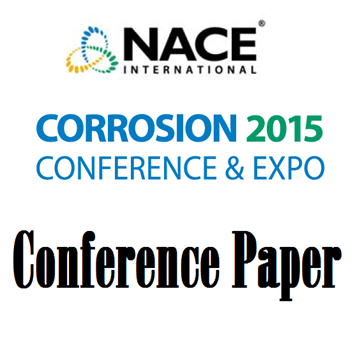Search
Products tagged with 'adsorption isotherm'
View as
Sort by
Display
per page
51315-5590-Corrosion Test-data Modelling for C10H18N2Na2O10 Performance on Steel-rebar in 3.5% NaCl-immersed Concrete
Product Number:
51315-5590-SG
ISBN:
5590 2015 CP
Publication Date:
2015
$0.00
Investigation of Acid Corrosion Inhibition Using N,N′-(1,4-phenylenebis(methyl))bis(N,N-dimethylalkan-1-aminium) Chloride Corrosion Inhibitors
Product Number:
51320-14723-SG
Publication Date:
2020
$20.00
Retention Improvement Of Sulfonic Acid Based Scale Inhibitor On Sandstone Formations At HTHP Conditions
Product Number:
51322-17875-SG
Publication Date:
2022
$20.00



